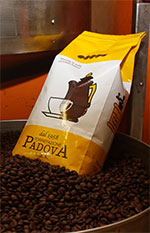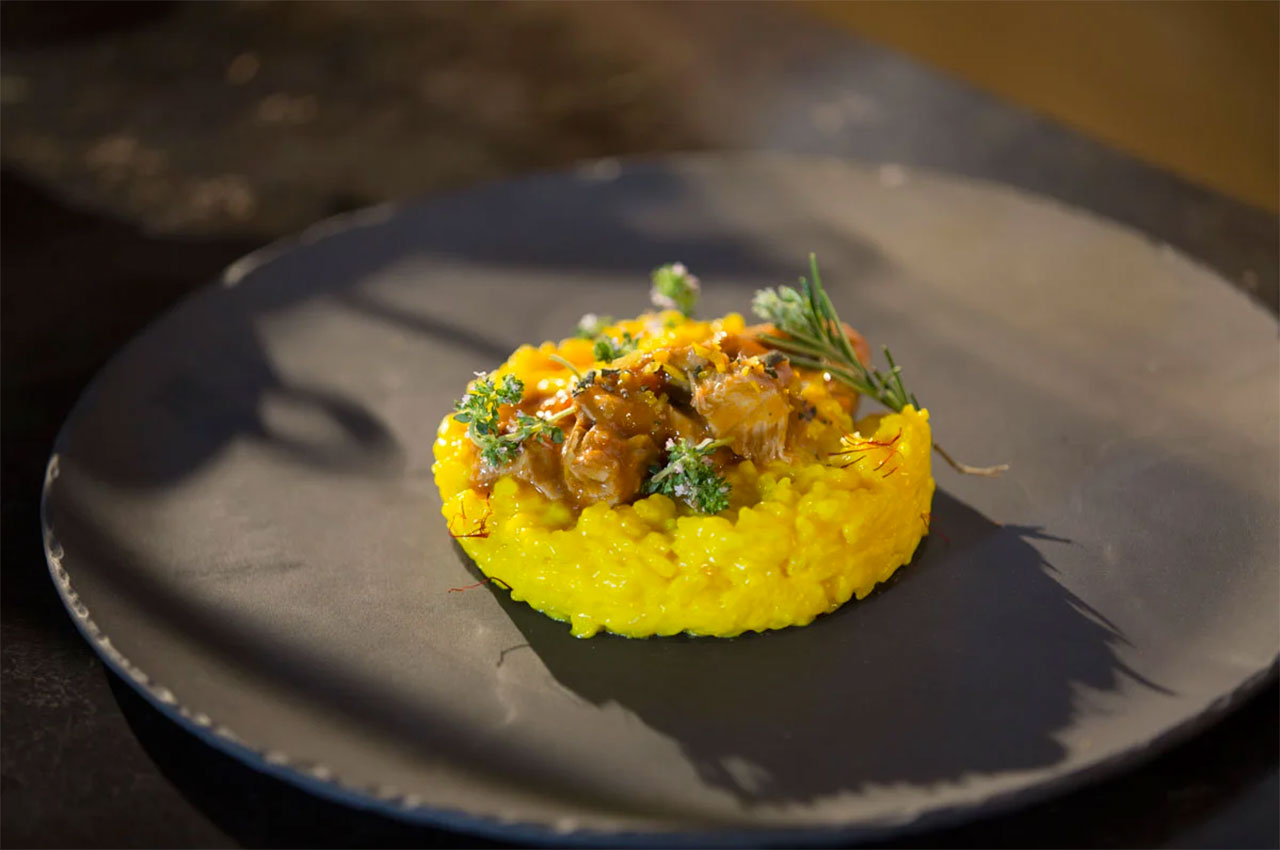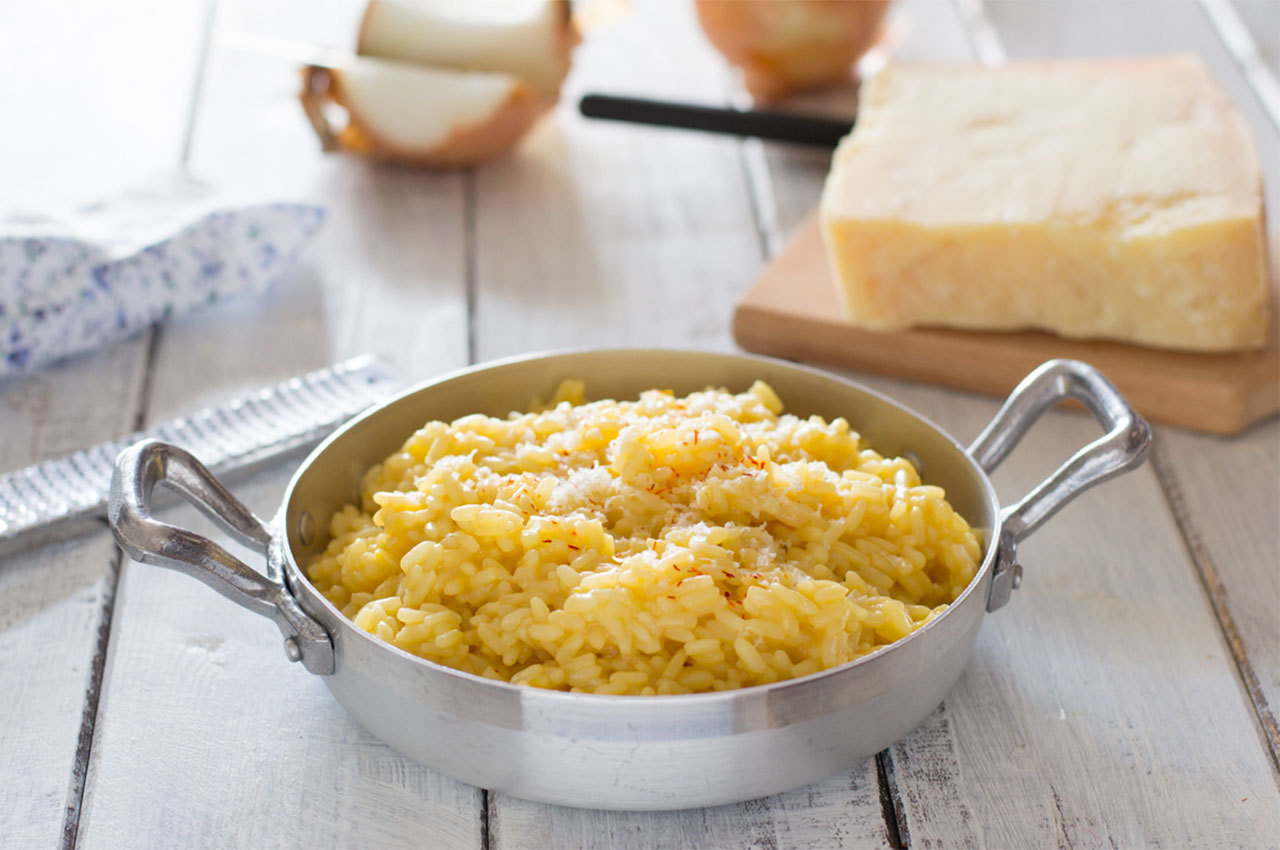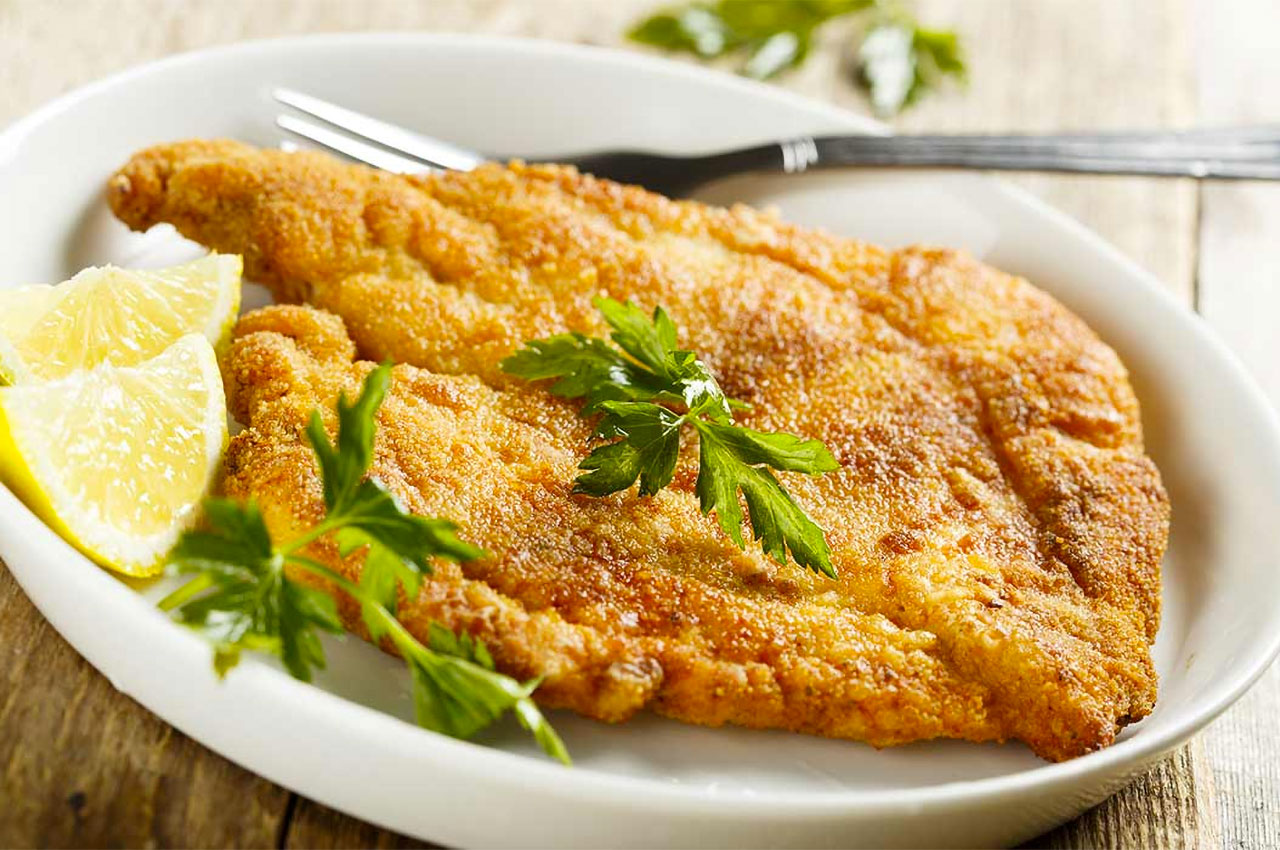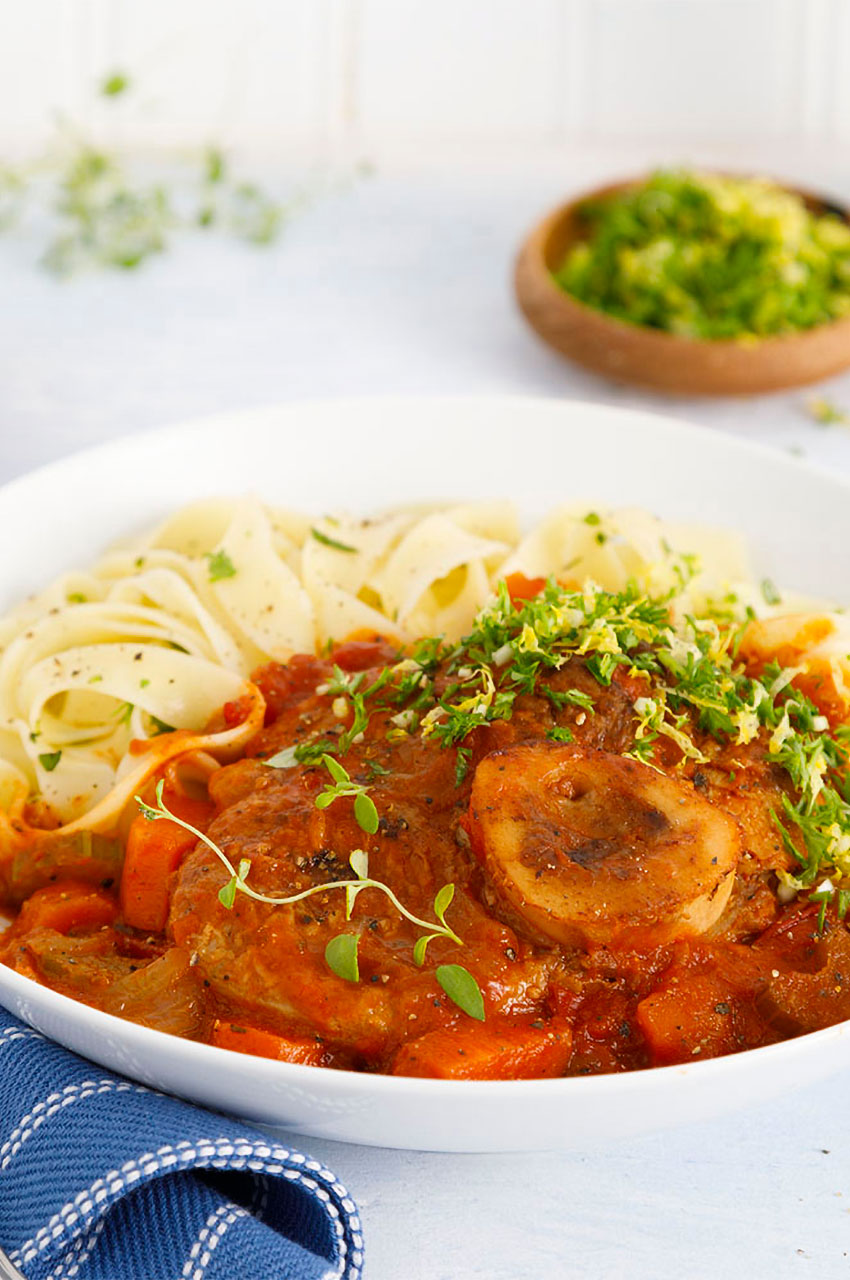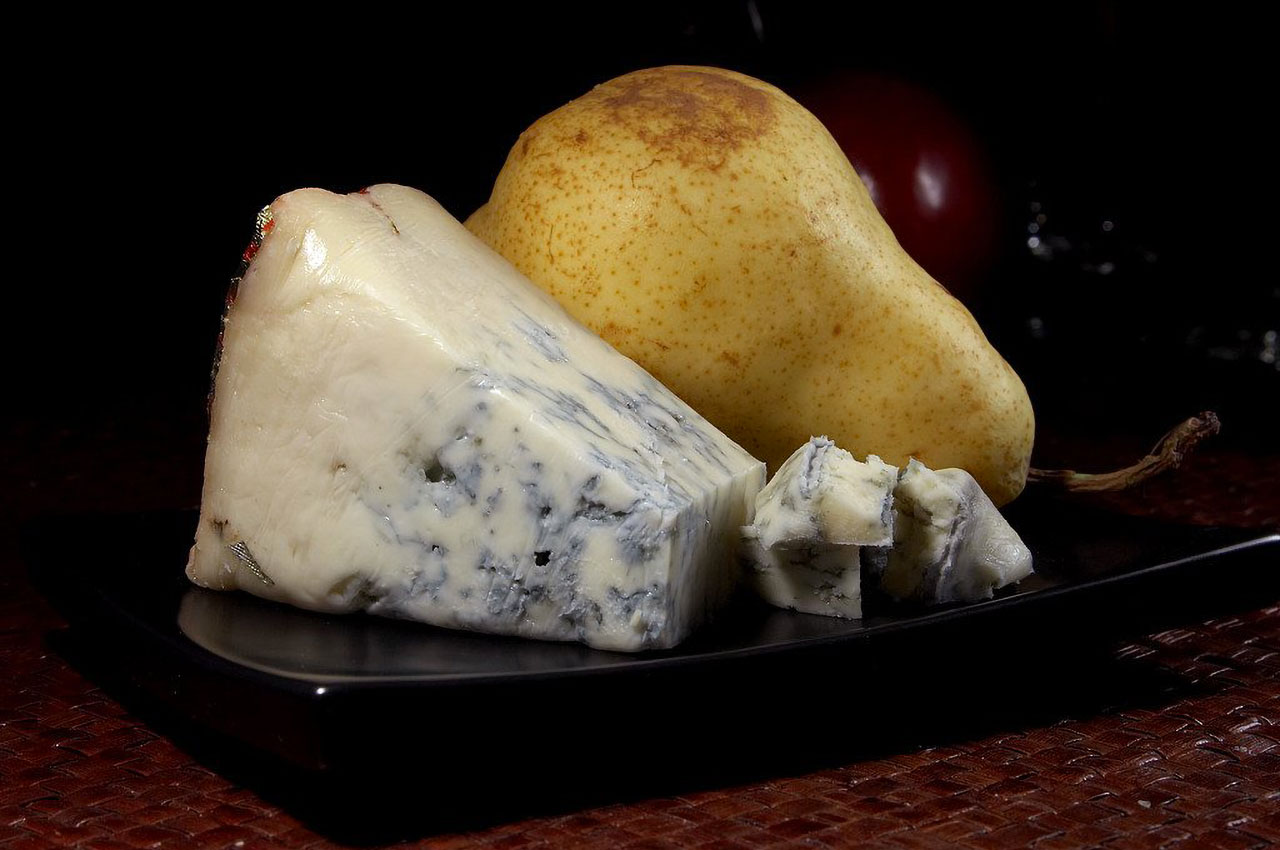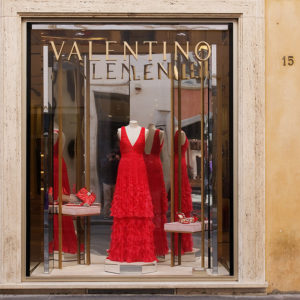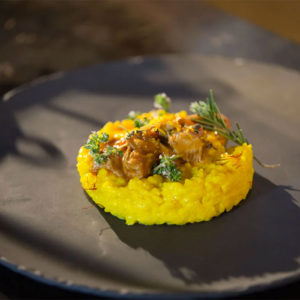11 June 2016
The Piazza di Spagna (Spanish Steps) is both the heart of Rome’s main shopping district and a fashion stronghold. The fabulous Donna sotto le Stelle (under the stars) haute couture show held every July on the steps of the scalatina symbolizes this vocation.
